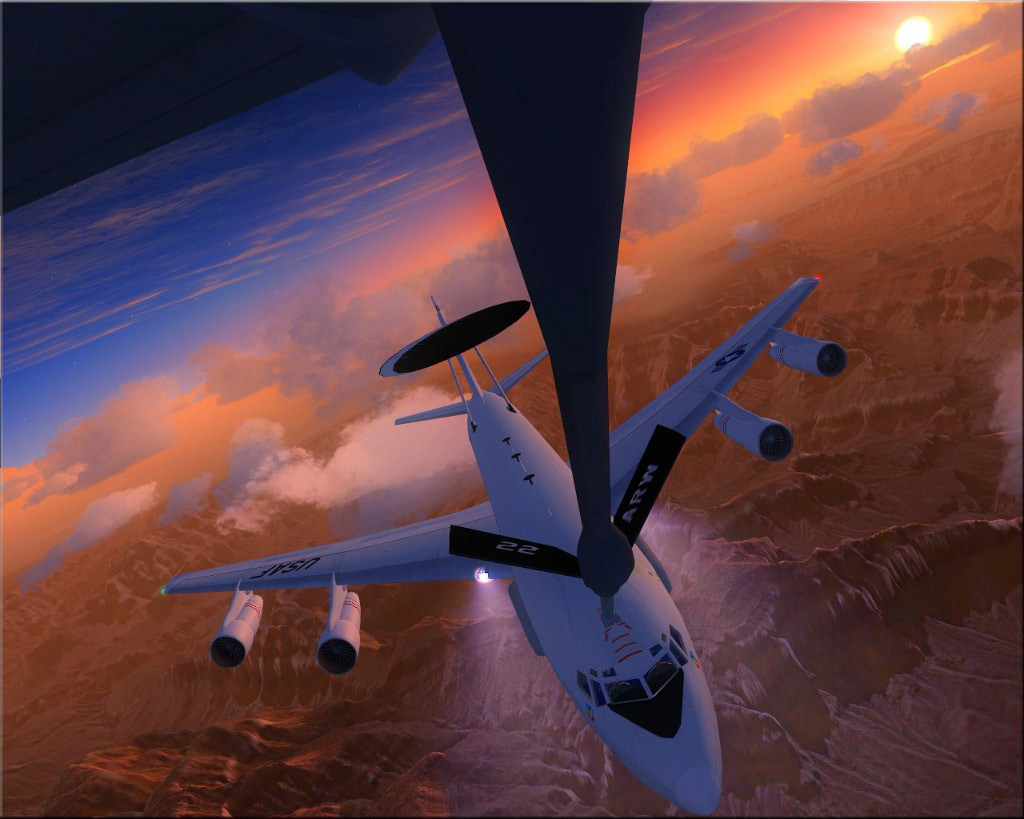[center]
V FORCE by MYNAMEISNEMO
This consisted of Three aircraft which comprised the Strategic Nuclear Strike force which was namelly made up of the Vickers Valiant, Handley Page Victor and the Avro Vulcan in which the Valiant entered service in 1955, The Vulcan in 1956 and the Victor in April 1958.
The Valiant was removed from service as a nuclear bomber first; taking on roles as a tanker, low level attack and photo-reconnaissance. Fatigue problems meant they were removed from service completely by 1965. Victors were converted to replace the Valiant tankers. The Vulcan alone of the threesome, retained a nuclear delivery role until the end of their planned service life scheduled for 1982. The short extension as tankers until 1984 was an unexpected extension to meet operational emergencies.
In addition to the roles they were designed for, all three V-Bombers served as air-to-air refuelling tankers at one time or another; the Valiant was the RAF's first large scale tanker. As a means of replacing the loss of the Valiant, Victor B.1s were converted into the AAR role. When the Victor was withdrawn from service as a bomber, a number of B.2s were then converted into tankers. Finally, due to delays in the entry into service of the TriStar, six Vulcan B.2s were converted into tankers, and served from 1982 to 1984.
The Vickers ValiantThe Vickers-Armstrongs Valiant was a British four-jet bomber, once part of the Royal Air Force's V bomber force.
The Valiant was originally developed for use as high-level strategic bomber. When the other V-bombers came into use it was also used as a tanker. However, when the RAF moved to low-level attacks, low-level flying in the Valiant caused premature fatiguing. Rather than repair or rebuild the fleet, it was grounded and the Handley Page Victor took over the tanker role.
The Handley Page Victor
Like the other V-bombers, the Victor was designed for high-altitude, high-speed penetration of Soviet airspace to deliver a free-fall nuclear weapon. It was intended to fly higher and faster than contemporary fighter aircraft.
Handley Page's design, the HP.80, was prepared in response to Air Ministry Specification B.35/46. To achieve the required performance, the HP.80 was given a crescent wing developed by Handley Page's aerodynamicist Dr. Gustav Lachmann and his deputy, Godfrey Lee. The sweep and chord of the wing decrease in three distinct steps from the root to the tip, to ensure a constant limiting Mach number across the entire wing and consequently a high cruise speed.[1] The crescent wing was tested on a [ch8531]-scale glider, the HP.87, and a modified Supermarine Attacker, the Handley Page HP.88. The HP.88 crashed after completing only a few flights and by the time the HP.87 was ready the HP.80 wing had changed such that the former was no longer representative. In the event, design of the HP.80 had sufficiently advanced that the loss of the HP.88 had little effect on the programme. The HP.80 also had an advanced construction, featuring a sandwich of two aluminium skins with a corrugated filling.
Production B.1 Victors were powered by the Armstrong Siddeley Sapphire ASSa.7 turbojets rated at 11,000 lbf (49 kN) and carried the Yellow Sun weapon. 24 were upgraded to B.1A standard by the addition of Red Steer tail-warning radar in an enlarged tailcone[3] and a suite of radar warning receivers and electronic countermeasures (ECM).
On 1 June 1956, a production Victor XA917 flown by test pilot Johnny Allam inadvertently exceeded the speed of sound after Allam let the nose drop slightly at a high-power setting. Allam noticed a cockpit indication of Mach 1.1 and ground observers from Watford to Banbury reported hearing a sonic boom. The Victor was the largest aircraft to have broken the "sound barrier" at that time.
The Avro VulcanThe Avro Vulcan is a delta wing subsonic jet bomber that was operated by the Royal Air Force from 1953 until 1984. The Vulcan was part of the RAF's V bomber force, which fulfilled the role of nuclear deterrence against the Soviet Union during the Cold War. It was also used in a conventional bombing role during the Falklands conflict with Argentina.
General characteristics




























